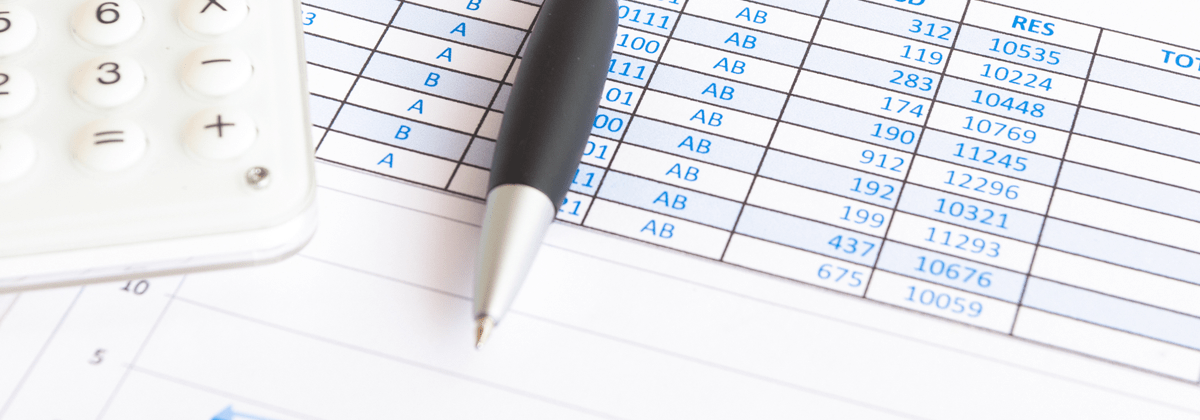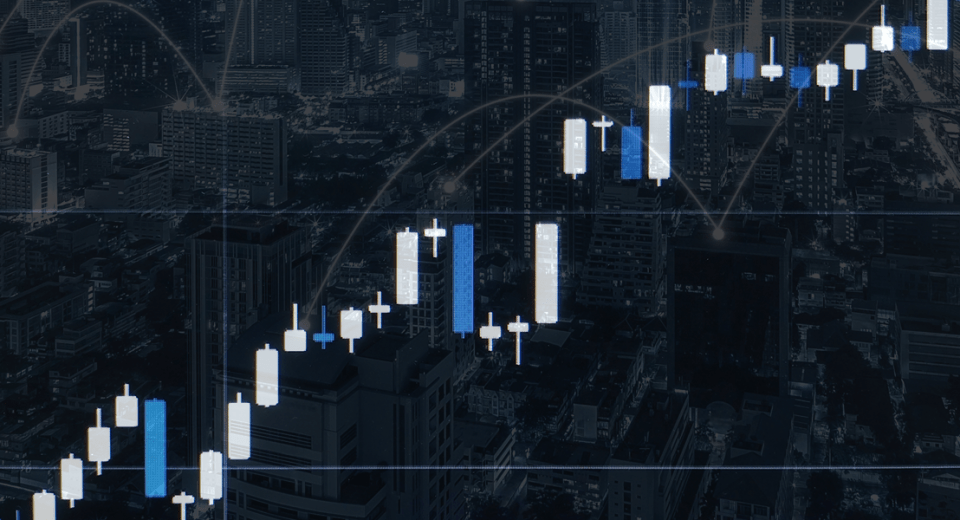Top 5 Market Moving Economic Indicators

Currency pairs are driven by a number of factors, including the primary health of a country’s economy, as measured by various economic indicators. The forex markets are quite efficient and respond quickly to any new information provided by an economic indicator. The information that can change the value of a currency pair can come in many forms, but the most important are the primary economic indicators that are available in the form of economic news releases.
Here again, traders need to be cautious and avoid responding to each and every economic release. It is best to look at only a few relevant indicators and analyse them before making a trade decision.
How Does Economic Data Affect the Forex Markets?
Economic data is a key indicator of the performance of an economy. So, traders keep an eye on the different important economic releases, with the market generally pricing in the median expectations of analysts and economists. And, when the actual economic data is released, the market’s response depends on whether it is in-line with expectations, better or worse. Changes in important economic data may be followed by changes in interest rates made by a country’s central bank which in turn impacts the value of the local currency.
While there are a large number of economic releases spread all through the year, it is difficult for traders to follow all of them without getting confused. Therefore, a trader should identify the more important indicators that are likely to move the markets and base their trading strategy on these indicators, rather than blindly following the market sentiment after every economic release.
Important Economic Indicators
Here are some important economic data to look for:
- Interest Rates: Generally, the higher yield currency of a pair attracts investors, driving up the value of the currency pair. This is why traders track the interest rate differential between different currencies to make their trading decisions. The interest rate differential is used to calculate the forward points, which are added or subtracted to the spot rate to generate the forward rate.
- Inflation: The rate of inflation measures the change in prices of goods and services over a specific time period. Now, central banks target a specific inflation rate to keep the economy healthy and growing. But an extremely high inflation rate can have negative implications for the economy. The reports to watch out for to know the inflation levels in any economy are the Consumer Price Index or CPI and Producer Price Index or PPI reports published every month.
- GDP or Gross Domestic Product: This is one of the most comprehensive indicators about a country’s economic health. It represents the sum of the market value of all finished goods and services produced in a country within a specific time period. Quarterly GDP figures are presented via three reports, the advance report, the preliminary report and the final report. Since the advance report is the first one to come, i.e. one month after the end of the previous quarter, it has the most impact on the currency markets. The other two reports follow after a gap of one month each. Any increase in GDP that is higher than expected will have a positive impact on the currency markets. Similarly, the impact will be negative if the increase in GDP is lower than expected or the GDP declines.
- Employment Data, Including NFP: The employment scenario in a country is a key indicator of its economy. And the most important economic data outlining the employment figures is the Non-Farm Payroll report from the US, which provides data about all jobs except self employment, farm work and jobs in the military and intelligence services. Positive NFP numbers are usually beneficial to the US dollar, while disappointing non-farm payroll data typically results in a falling dollar. So, strong employment reports suggest economic expansion in the future, increasing the probability of a restrictive monetary policy, which pushes demand for US dollar assets, relative to foreign assets. The NFP report is usually released on the first Friday of every new month.
- US Retail Sales: Another economic data release to look out for is the retail sales report, which presents the estimated sales value of the retail segment. This information provides insight into the personal consumption levels, which form a significant component of the GDP. These figures are released on a monthly basis and provide a good idea of where the economy is heading. More retail sales are generally positive for the US dollar.
As you can see, it’s important that traders keep an eye on the economic calendar and analyse the crucial economic data outlined in the GDP figures, inflation, retail sales and employment reports. Even technical traders will keep an eye on key economic events that can impact the markets in the short term.
Stay informed with the key economic events with the Blackwell Global Economic Calendar.
Disclaimer
If you liked this educational article please consult our Risk Disclosure Notice before starting to trade. Trading leveraged products involves a high level of risk. You may lose more than your invested capital.




